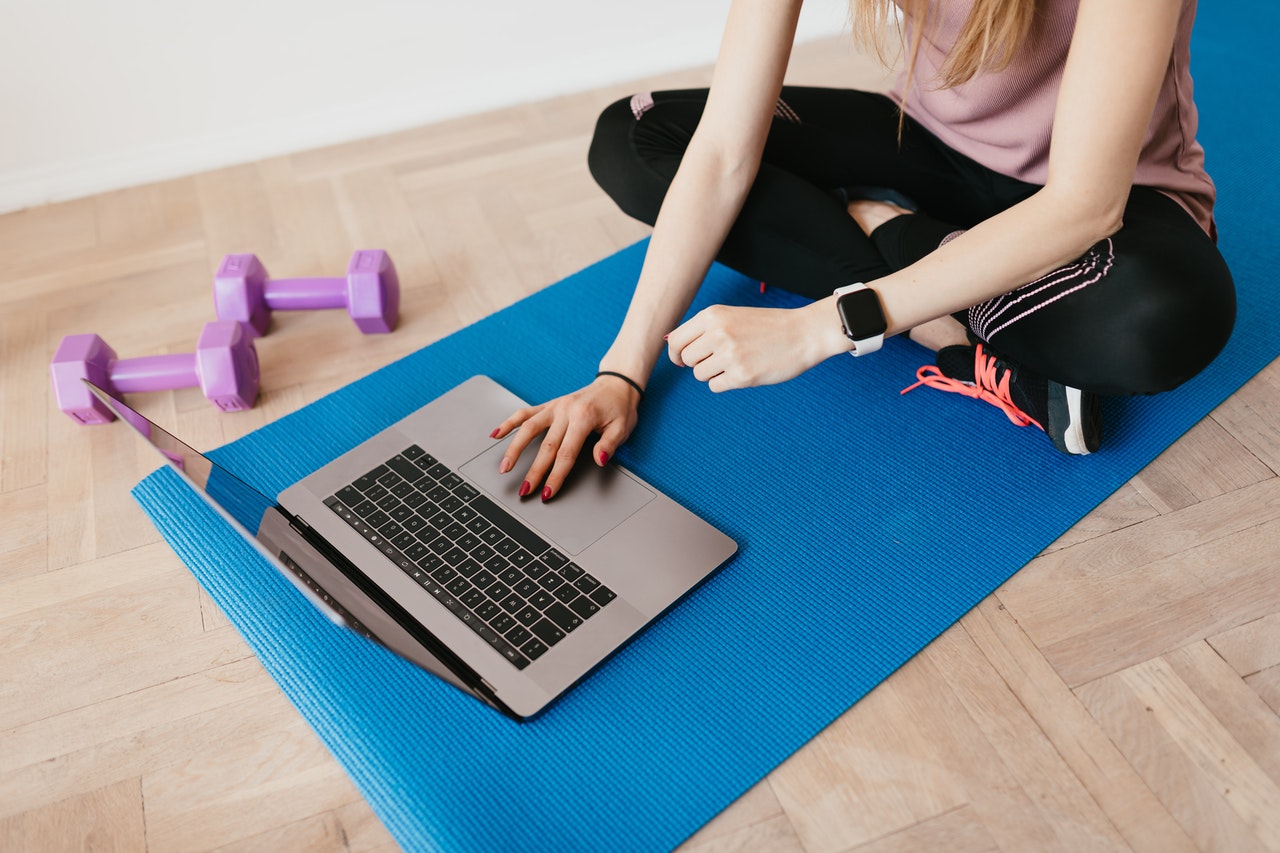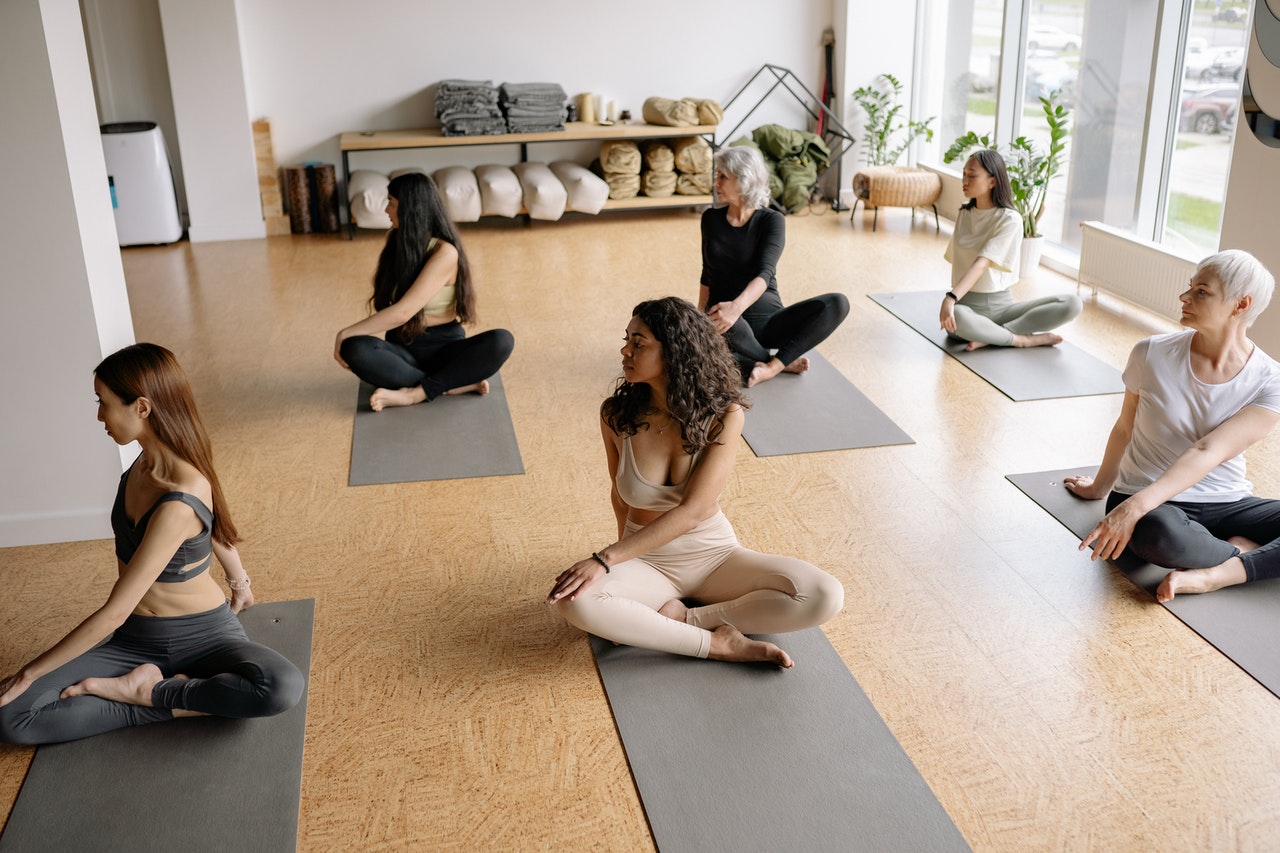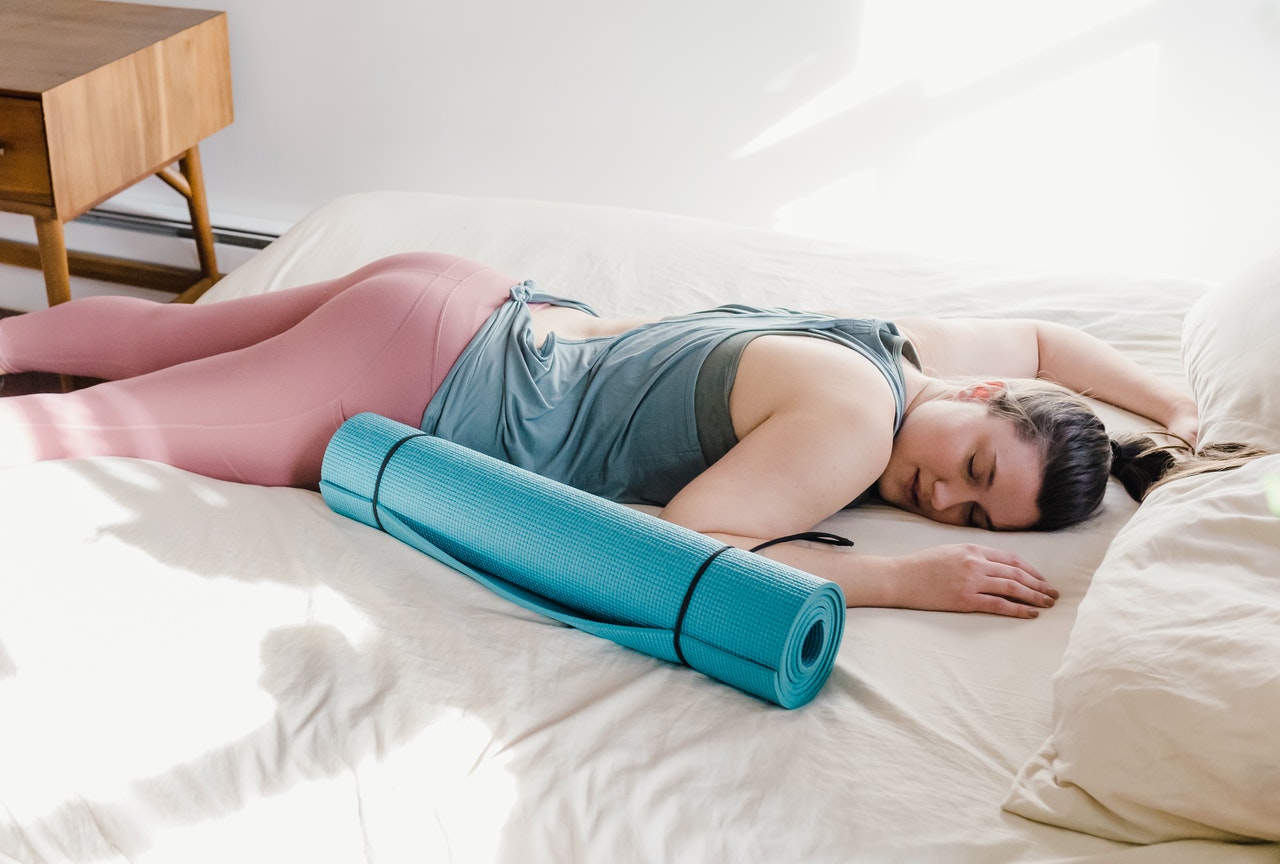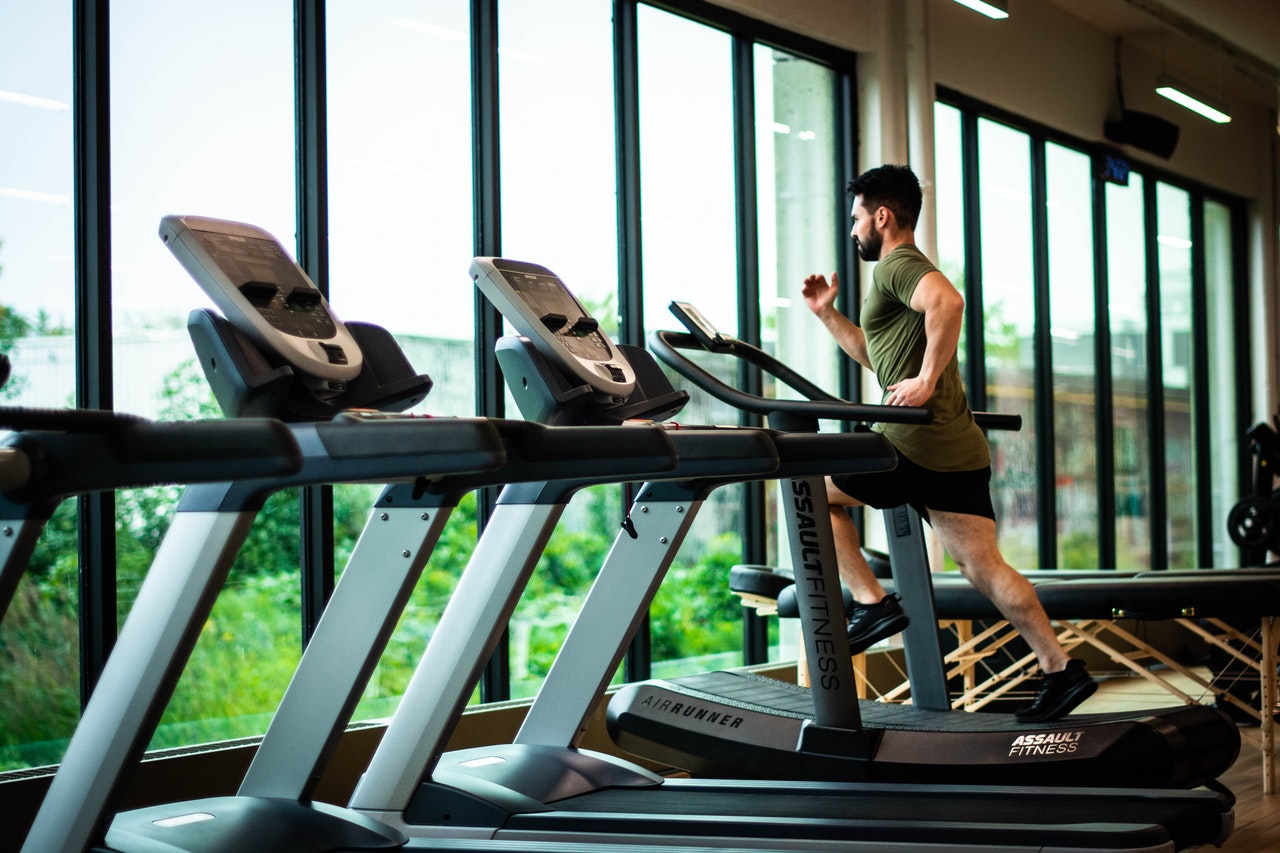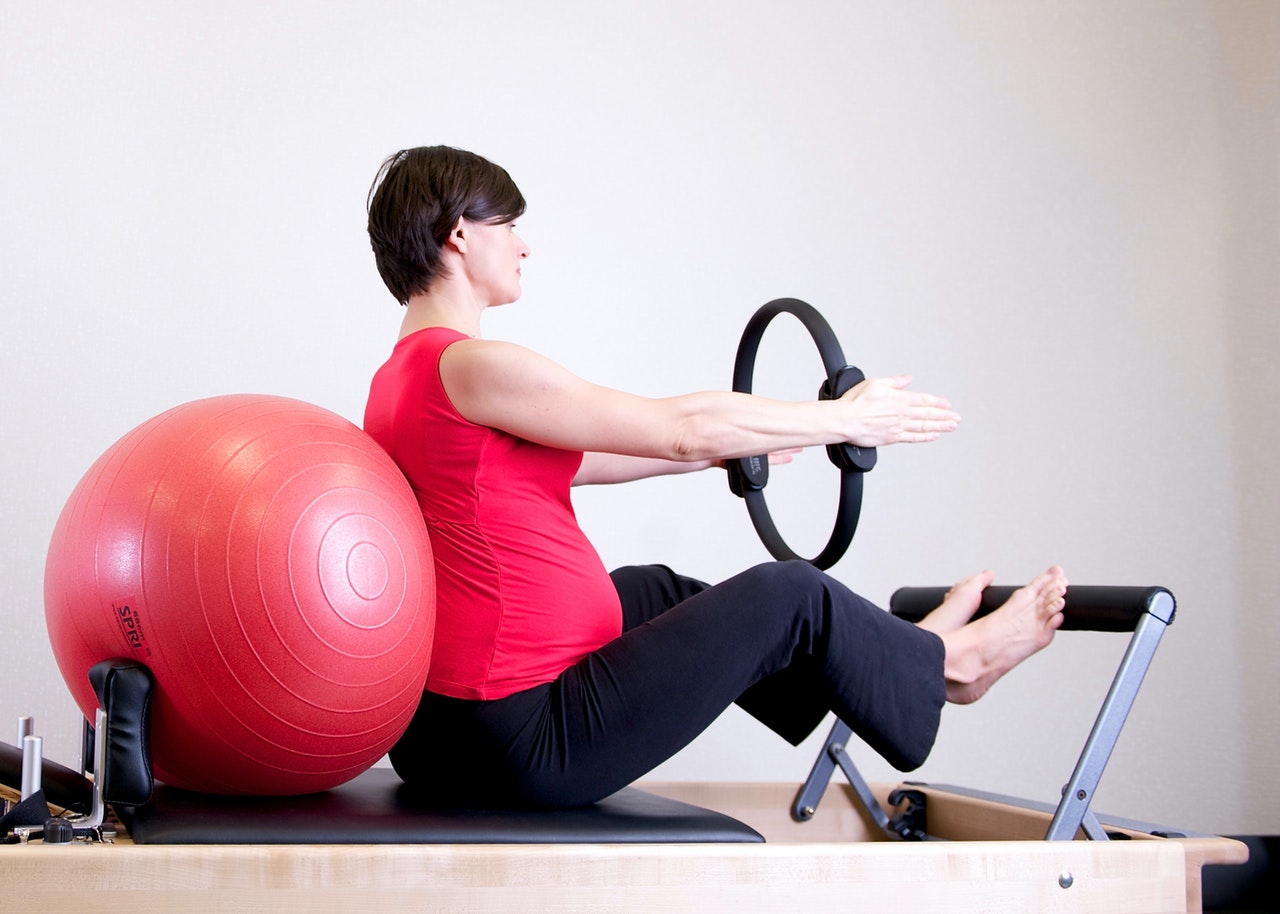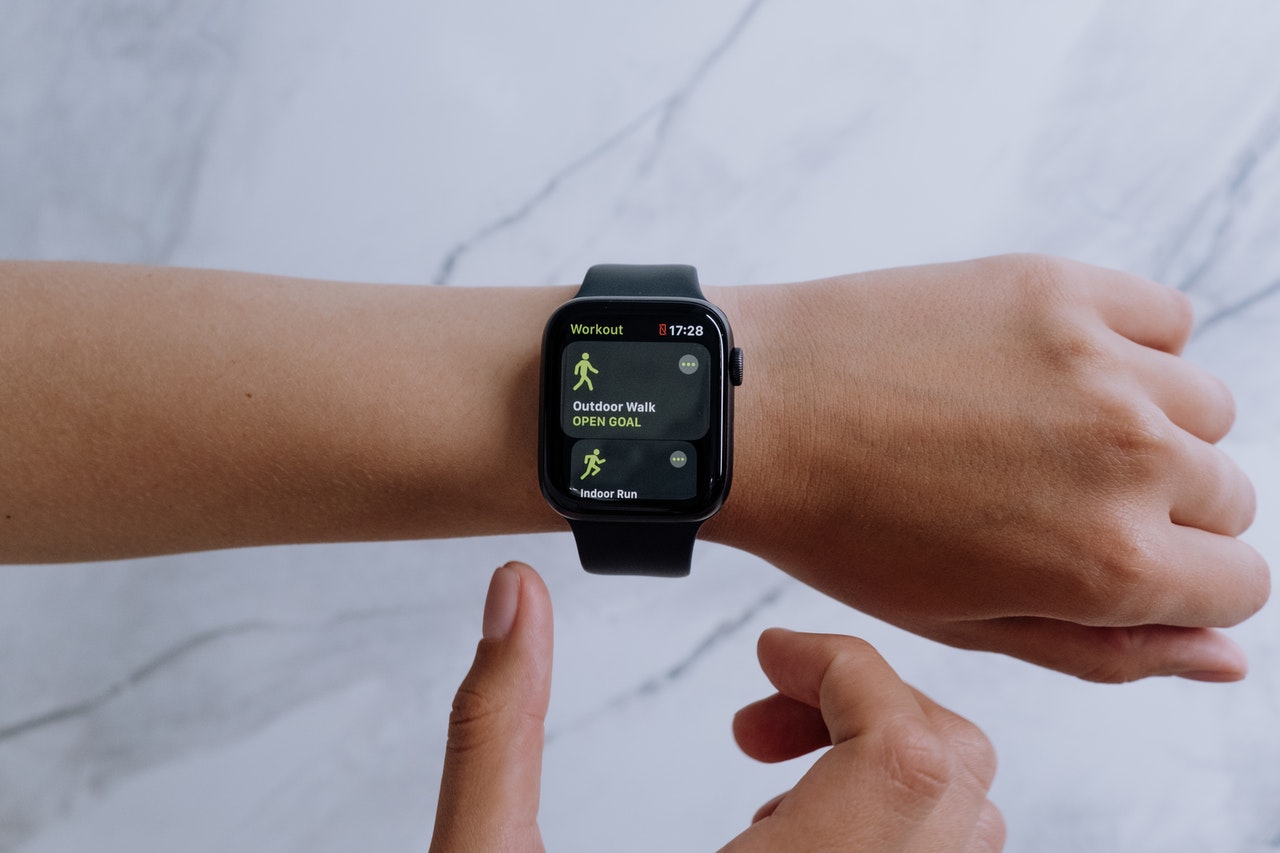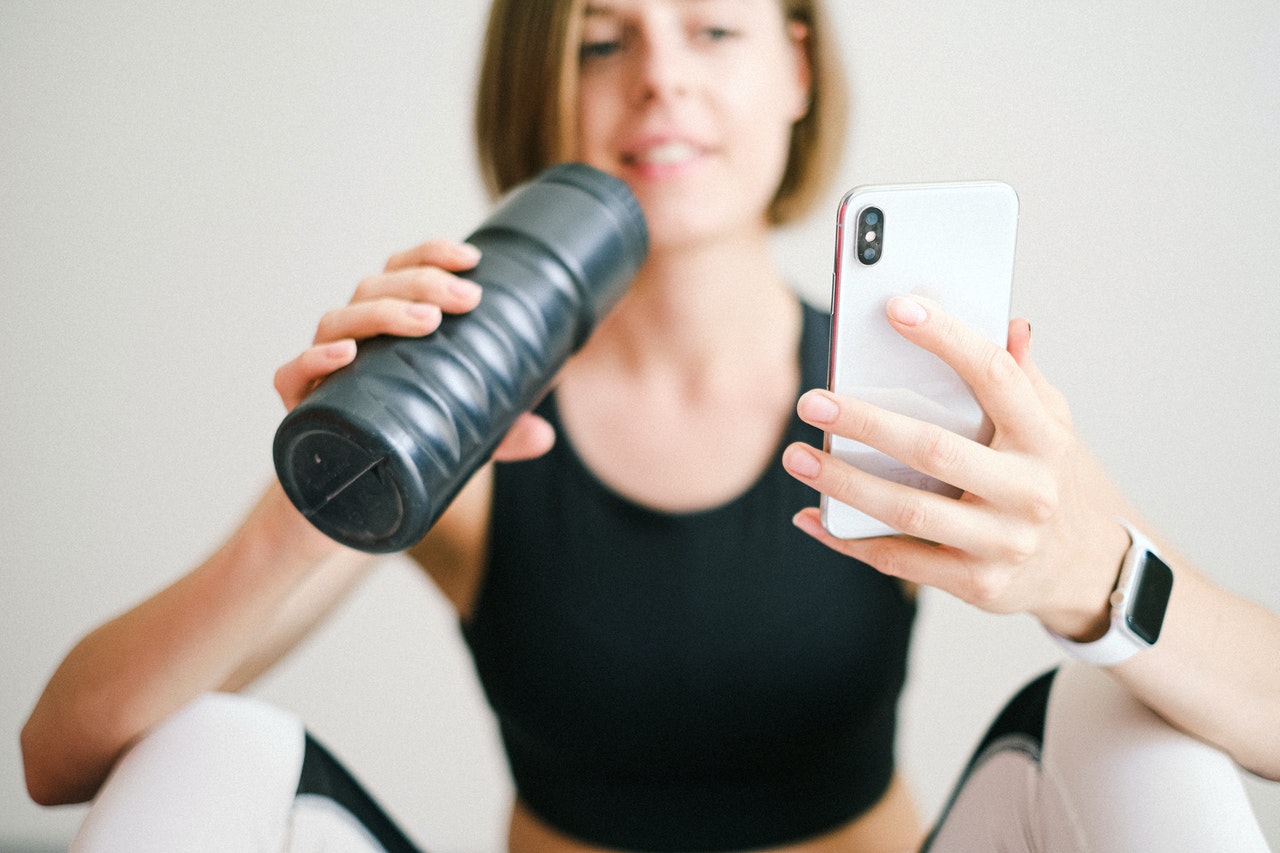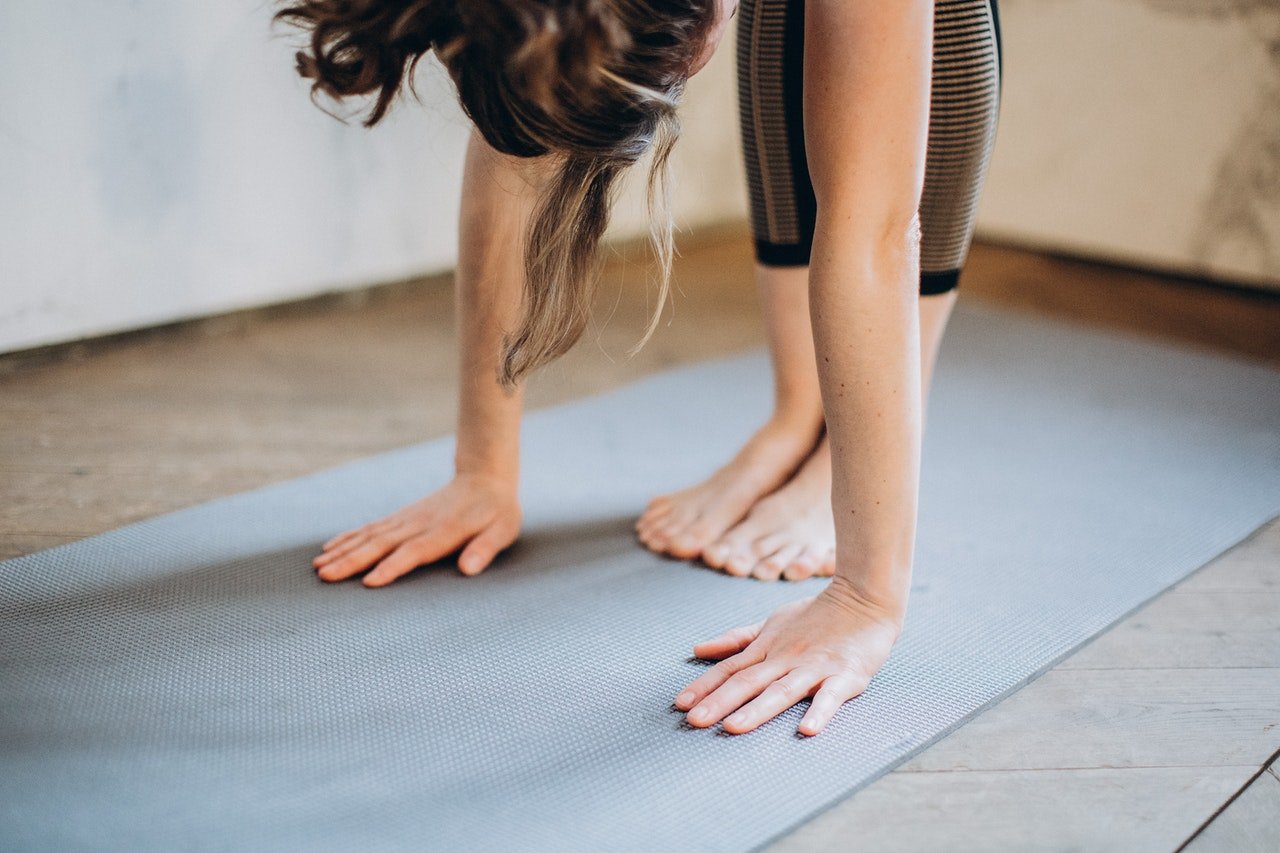Fitness enthusiasts are heading back to the gym as COVID-19 restrictions ease, but that doesn’t mean they’re ready to give up online fitness classes and home workouts. If there’s one lesson the collective fitness industry learned in 2020, it’s that the demand for online fitness options isn’t going anyway any time soon.
To stay afloat during the pandemic amid forced business closures, gyms and fitness studios had to quickly adapt and transition to digital offerings. And although most restrictions have been lifted and people are able to return to in-person workouts, that doesn’t mean everybody is ready—or necessarily wants to.
With cases of the highly transmissible Delta variant on the rise, the U.S. is at yet another unprecedented junction of the pandemic—just under half of the U.S. population is vaccinated, health and safety restrictions are looser than they’ve been in the past 18 months, and cases of the new coronavirus are rising after months of decline.
Because the pandemic continues to create new challenges and restrictions on society, a hybrid fitness model puts gym owners in a more secure position to navigate the current climate, as well as future obstacles that may arise.
What is a Hybrid Gym?
Hybrid is the new buzzword that’s made its way into almost every industry—and especially within the fitness industry. With a hybrid gym model, your digital offerings are meant to complement your brick and mortar operations. A hybrid gym offers the best of both worlds, and includes a combination of in-person and online workout options. For example, your gym may offer in-person exercise classes that are also live streamed or available on-demand for members who want to continue with home workouts.
Benefits of a Hybrid Model
The hybrid model has become the new norm in the fitness industry—and it doesn’t look like that’s going to be changing. “The pandemic is not over, and delta changes the calculus,” said Joel Wertheim, an associate professor in the Division of Infectious Diseases and Global Public Health at the University of California at San Diego, during a recent interview with The Washington Post.
Considering the lingering uncertainty around the coronavirus and its future impact on businesses—and society at large—the hybrid gym model makes a lot of sense. Here are three reasons you should consider a hybrid gym model in 2021:
1. Help Reduce the Spread
Providing online fitness options helps reduce the spread of the coronavirus by giving people the ability to workout from home, thereby reducing foot traffic at your physical location. One of the main concerns with the coronavirus all along has been how quickly and easily it seems to spread in confined spaces. Although most gyms and fitness studios have implemented new health and safety protocols, there’s no denying the reality that the more people you have in a confined space, the higher the risk of transmission.
2. Reach More People
With a traditional gym model, your membership base is heavily driven by your location. And because you can’t just change your physical location (easily), the hybrid model gives gyms a greater ability to reach more people and attract new business without being limited by physical proximity. Because a hybrid model includes online workout options, you’re able to extend your reach and provide services to people who don’t live near your facility, ones who are unable to attend live classes (for various reasons), as well as people who simply prefer home workouts. You can also adjust your pricing and gym membership options to include a digital-only subscription service.
3. Diversified Income Streams
When the pandemic first hit and businesses were forced to close their doors unexpectedly, and for an unknown period of time, many gyms and fitness studios were left without a sustainable source of income and scrambling to find ways to generate additional money. By adopting a hybrid model and providing online fitness options, you’re putting yourself in a more secure financial position, both now and in the future.
Conclusion
The fitness industry is still treading uncharted waters, and the pandemic will continue to impact the ways consumers engage with gyms and fitness studios. One thing we do know is that the demand for online fitness options continues to rise, so it’s a good time to consider adopting a hybrid gym model.
